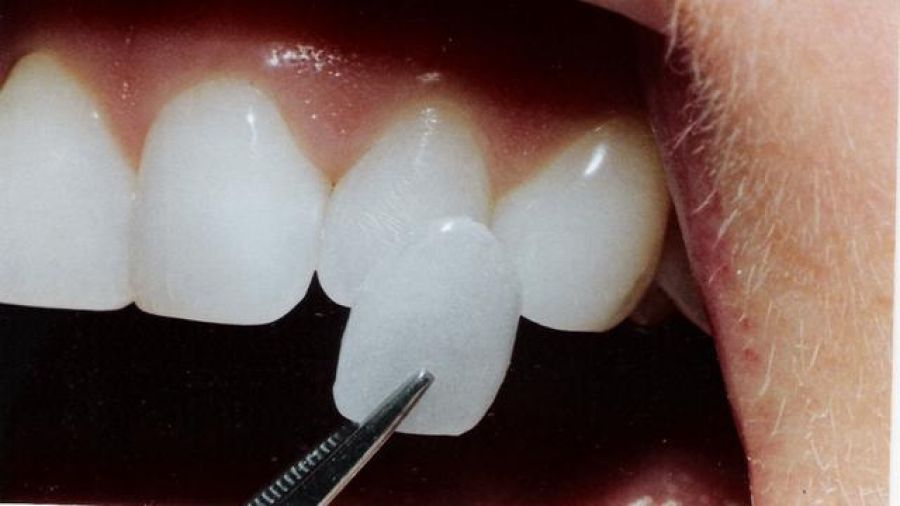Laminate Veneer
Laminate veneer application, also known as leaf porcelain, takes its name from the plates with the nickel thickness used. This method allows teeth to appear whiter and eliminate dental disorders. So what is laminate veneer and how is it applied?
How is Laminate Veneer Made?
In the application of composite laminate veneer, which gives the teeth a natural whiteness, the tooth structure of the person is first examined and plates suitable for the tooth structure are determined. Then a very thin layer is taken from the tooth surface, and previously prepared plates are placed and adhered. Since a special material is used as an adhesive during this process, it is not possible to drop the coatings from the tooth surface. The application allows the person to have a safe smile.
Who Can Benefit From This Application?
Those who have laminate veneers are people who have color discomfort in their teeth for reasons such as using antibiotics on the teeth or hereditary reasons. In addition, this method can be applied to a certain level in teeth appearance disorders. It is also possible to use laminate veneer application as a diastema closure method in order to correct the split tooth appearance. This method is also used for a more uniform appearance of fillings whose color or texture deteriorates. In addition, those with broken or worn teeth may prefer this method of peace of mind for tooth restoration.
How long are the plates used?
The plates used in this application are made of porcelain. The plates obtained by a special method have high resistance against both staining and abrasion. These plates can be used for many years with regular and correct oral care. However, people who benefit from laminate veneer application like everyone should pay attention to oral and dental care.
How Many Stages Is Laminate Veneer Made?
First of all, the tooth surface must be ready for application. For this reason, teeth are cleaned and teeth are measured before application. The plates prepared in accordance with the tooth structure are then adhered to the tooth surface by the physician using an adhesive intermediate. All this is done in a two-three session.


